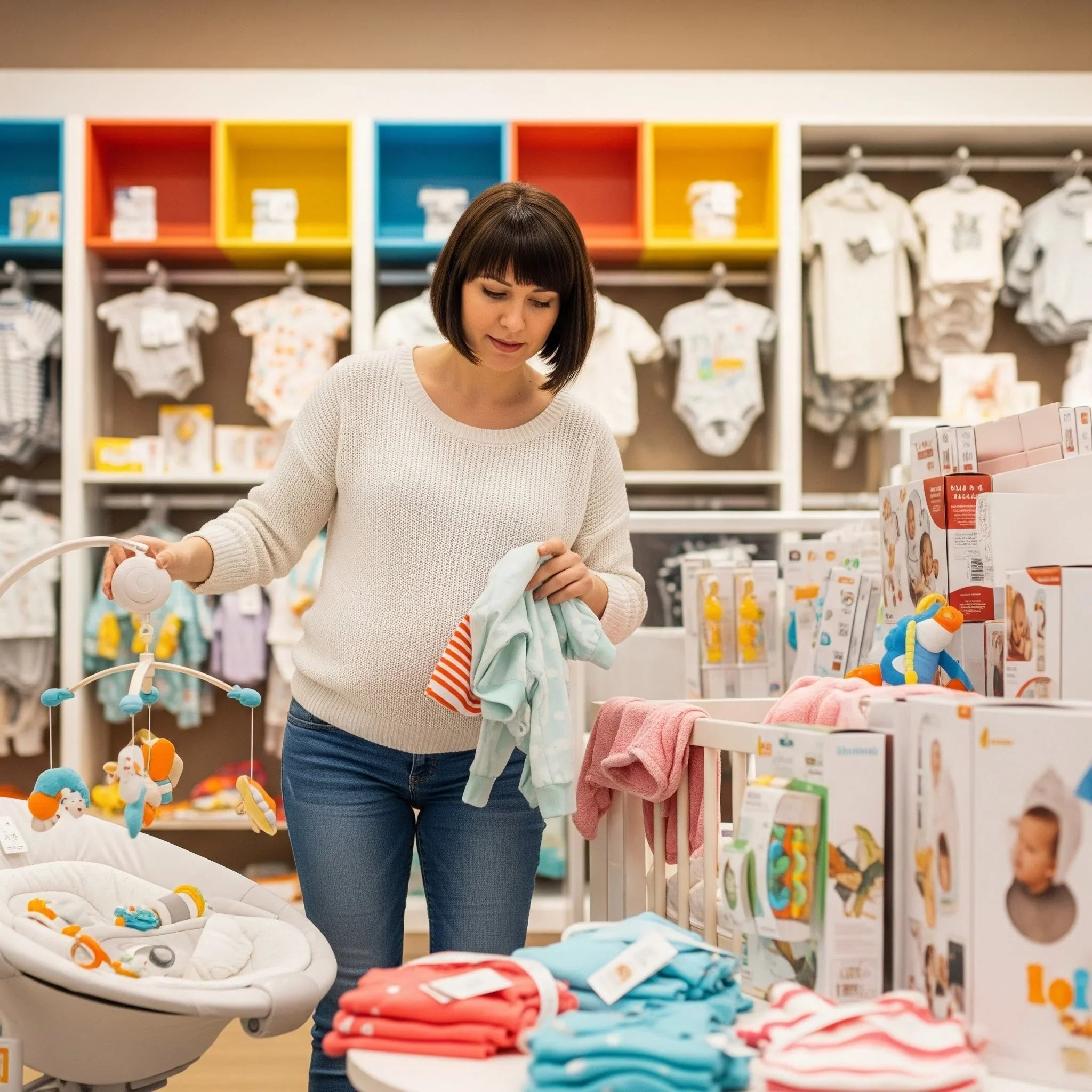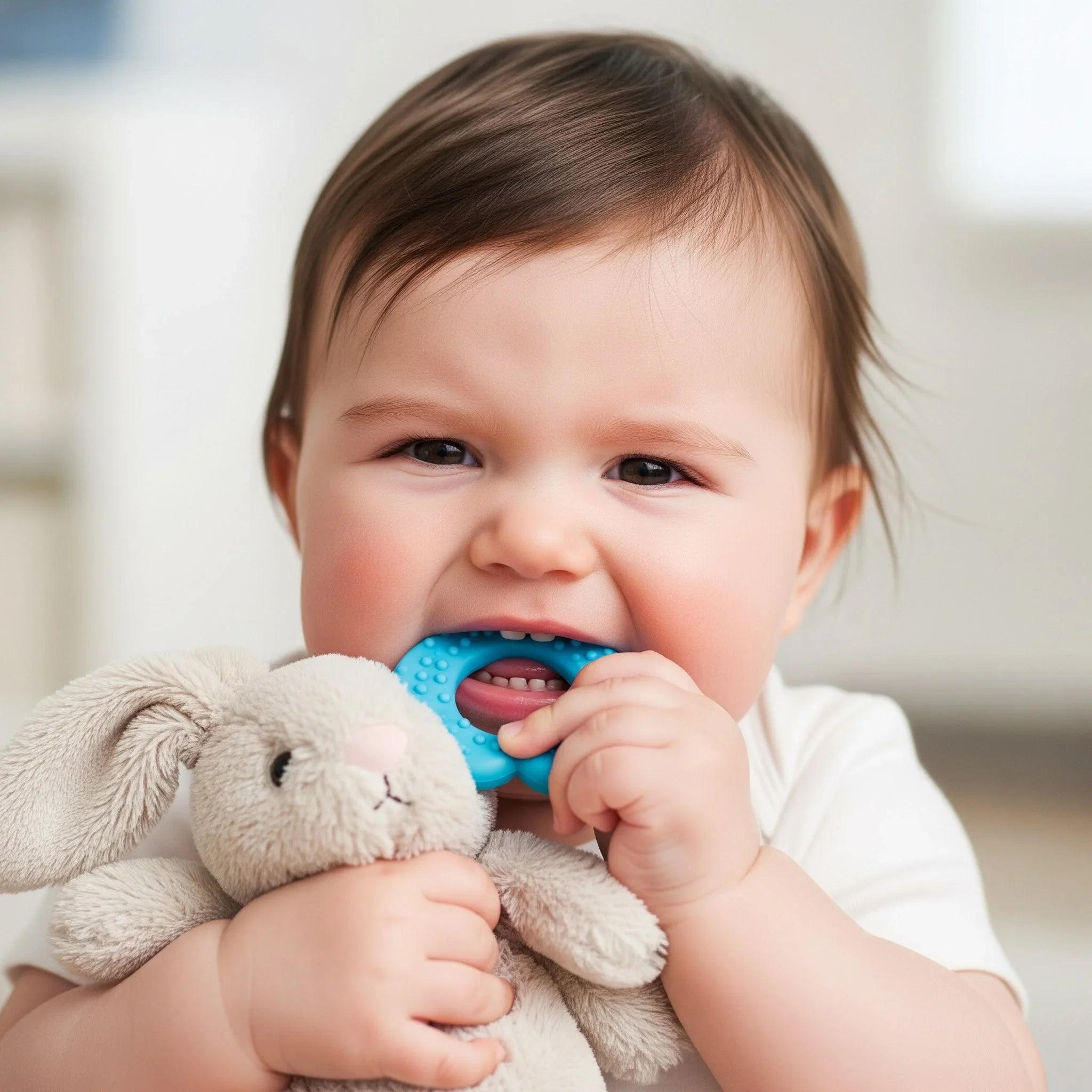Parents! Prepare Yourself for New Year Price Hikes on Baby Products
It’s no secret that raising a bub can be expensive. From nappies to formula, clothes they outgrow in the blink of an eye, and all the gear that comes with parenting — the costs can add up quickly. And just when you think you’ve got your budget sorted, the New Year rolls around with the usual wave of price hikes. Yep, January isn’t just about resolutions — it’s also the time when many companies quietly bump up prices across the board, and baby products are no exception.
What can you do to prepare? Take a deep breath (and maybe a sip of that cold coffee you never got to finish), because the parents at Baby Gifts Australia got a few practical tips to help you stay one step ahead and keep your family’s budget on track.
Why Do Prices Go Up in the New Year?
Before we explore solutions, let’s look at why this happens. Many companies review their pricing annually, adjusting for things like inflation, increased manufacturing or shipping costs, and currency fluctuations (especially if the goods are imported). Retailers also tend to realign their pricing after the end-of-year sales season. So while Boxing Day deals might seem like a blessing, they’re often followed by a bump in regular prices once the calendar ticks over to January.
Unfortunately, baby products — like formula, nappies, wipes, clothing, and equipment — are right in the firing line. They’re essentials, and companies know that parents will still buy them, even if prices go up a few dollars. But that doesn’t mean you can’t plan ahead and beat the system a bit.
1. Stock Up Before the New Year
If you’ve got the storage space (and a bit of wiggle room in the budget), now’s a great time to stock up on essentials before those January price rises hit. Think nappies, baby wipes, formula, and even bath products. Keep an eye on sales — supermarkets, chemists and baby stores often run promotions right up until the end of December.
Pro tip: If your baby is moving up a nappy size soon, grab the next size up rather than buying more of their current one. Nothing’s worse than being left with a half-used box they’ve suddenly outgrown.
2. Shop Smarter with Bulk Buys
Buying in bulk can save you serious dollars over time — especially when you factor in price increases. Look for multi-packs of wipes or value boxes of nappies, and compare unit prices (price per nappy or per wipe) to make sure you're getting the best deal.
Warehouse retailers like Costco or online platforms that offer subscription discounts (like Amazon or Chemist Warehouse) are great options for big savings if you plan ahead.
3. Sign Up for Loyalty Programs
Many baby product retailers and supermarkets offer loyalty programs that give you access to special discounts, exclusive promotions, or points that convert into store credit. Signing up is usually free and can save you quite a bit over the long run.
Some brands also offer direct-to-consumer programs or email newsletters with early sale access or sample packs. Take a few minutes to register and you might be pleasantly surprised with what you get — even if it’s just an extra 10% off your next order.
4. Take Advantage of Post-Christmas Sales
The days between Christmas and New Year are a golden opportunity to snag bargains. Retailers are eager to move stock before the new financial quarter, so you’ll often find major markdowns on everything from prams and car seats to baby clothes and toys.
Just be cautious with expiry dates if you’re buying formula or baby food — don’t stockpile too much of anything perishable. But for long-lasting items or future sizing, go for it!
5. Consider Pre-loved Gear
Not everything needs to be brand new. Buying second-hand baby gear is not only a smart financial move, but it’s also more sustainable. Facebook Marketplace, Gumtree, and local parenting groups are great places to find gently used items like cots, high chairs, bouncers, and even clothes.
Just make sure the items meet current safety standards, especially with things like car seats (which often have expiry dates). And always check for product recalls before you buy.
6. Budget for Big-Ticket Items Early
If you know your baby will be transitioning to a cot, car seat, or stroller upgrade soon, start budgeting now. Spread the cost over a few weeks or months rather than copping a big hit just as prices go up.
Some stores also offer payment plans or lay-by options. This can be a helpful way to lock in current prices before increases hit — just be sure to read the terms and keep an eye on any fees.
7. Watch Out for “Shrinkflation”
Not all price hikes are obvious. Some brands reduce the size or quantity of a product while keeping the price the same — cheeky, right? It’s called “shrinkflation”, and it’s common in the baby aisle. Keep an eye on the weight, volume or item count of your usual buys. If something seems off, it probably is.
Compare brands regularly and don’t be afraid to switch if another product gives you better value. Your bub won’t mind if you swap baby wipes — promise.
8. Use Community Resources
Local parenting groups, online forums, or even friends with older kids can be goldmines for tips, hand-me-downs, or even free gear. Don’t be shy about asking around — most parents are more than happy to pass things on or share advice.
Some councils and non-profits also offer free baby bundles, parenting classes or support for families doing it tough, especially in the New Year when finances can be tight. It’s always worth checking what’s available in your area.
Price hikes on baby products in the New Year can feel like just one more thing on an already full plate — but a little bit of planning goes a long way. By stocking up early, shopping smart, keeping an eye on sales, and leaning into community resources, you can soften the blow and keep your family’s budget in better shape.
Parenting is full-on enough without financial stress on top. So, prepare now, stay flexible, and remember — every dollar saved is one more towards something special for you and your bub.
You’ve got this!









